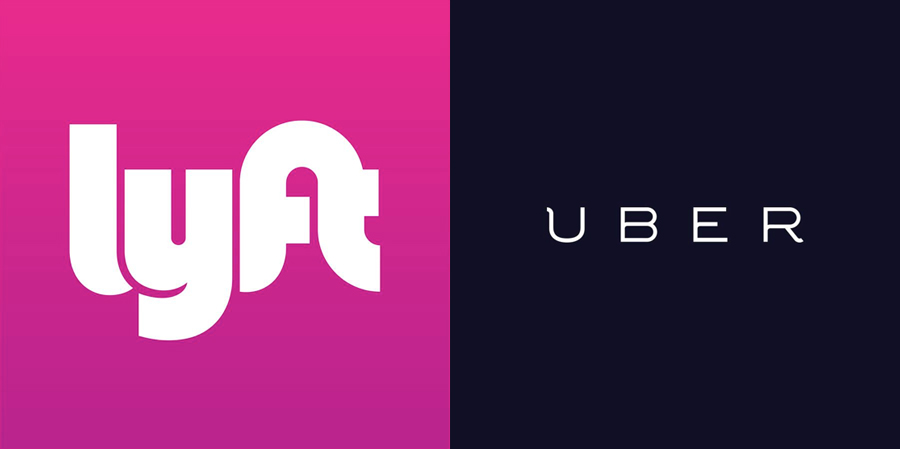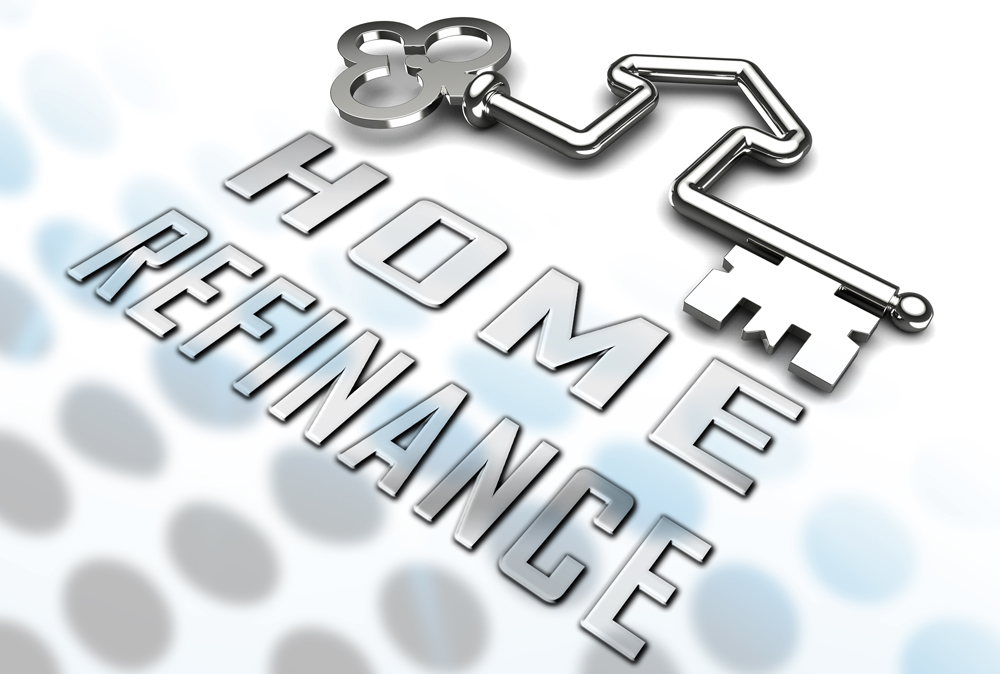Ride-hailing services are among one of the top growing companies due to their flexible hours. This is also a leeway into the transportation business without an initial investment. With thousands of drivers participating in the ride-hailing services like Uber and Lyft, the question of insurance and coverage is one of the most important items to answer.
Specific factors that raise concern when determining the best ride hailing insurance include:
- The use of the vehicle is both personal and commercial
- Companies do not consider the drivers as employees
- The vehicles are owned but the drivers, not the companies.
Do Uber and Lyft Provide Any Insurance to Drivers?
Although the drivers are not considered employees, Uber and Lyft do provide some insurance. Also, the insurance companies who service ride-hailing drivers are developing new policies to properly insure them. However, companies will not be held responsible if any accident were to occur. Uber and Lyft only start providing insurance coverage when a driver is logged on via their smartphone.
Throughout the ride, there are different types of coverage that are provided to the driver. The way this is determined is by the various stages of the ride. These stages are:
- Not Logged In/Personal Driving
- Logged In and Waiting for a Ride Request
- While En Route to Pick Up Passengers or When Driving the Passengers
The coverage that is provided during each stage is:
Lyft Coverage
- Stage 1: None
- Driver is covered by their personal policy
- Stage 2: Contingent Liability Coverage (50/100/25 limits)
- Provides secondary coverage that pays only for losses that are not covered by the driver’s personal insurance.
- Stage 3: Commercial Liability ($1 million limit) and Uninsured/Underinsured Bodily Injury ($1 million limit)
- Also has Contingent Comprehensive and Collision Coverage ($50,000 limit and $2,500 deductible); however this only applies if the driver’s personal policy has Comprehension and Collision Coverage.
UberX Coverage
- Stage 1: None
- Driver is covered only by their personal policy
- Stage 2: Contingent Liability Coverage (50/100/25 limits)
- Provides secondary coverage that pays only for losses that are not covered by the driver’s personal insurance.
- Stage 3: Commercial Liability ($1 million limit) and Uninsured/Underinsured Bodily Injury ($1 million limit)
- Also has Contingent Comprehensive and Collision Coverage ($50,000 limit and $2,500 deductible); however this only applies if the driver’s personal policy has Comprehension and Collision Coverage
- Minimum level of Personal Injury Protection Coverage is also offered where it is required by law to have this coverage.
It is important to note that this is only coverage for UberX (Uber’s low-cost option that is point A to point B travel option). Uber’s other services (BLACK, SELECT, SUV, and XL) have commercial driver’s licenses and carry own commercial insurance policies. These cover their passengers and themselves and fulfill the insurance requirement of the state they are driving.
As A Ride Hailing Driver, What Insurance Should I Get?
UberX and Lyft feel that their drivers will have sufficient coverage from their personal insurance policies, even with the minimum state requirements because they are supplementing some coverage while the driver is in service. However, there are states that disagree due to the exclusion of coverage when a driver is using their personal vehicle for other reasons outside of personal use (shopping, family transport, etc.). These states strongly suggest purchasing Commercial Auto Insurance.
The downfall with commercial insurance is that they require a commercial driver’s license and cost on average between $5,000 and $7,000 per year. Although it is the best and safest insurance, it does cause a debate when affordability is an issue. Some states and cities are ruling that this type of coverage is a must, where others are still finding new ways to incorporate ride-hailing drivers into insurance policies.
Uber and Lyft Policies in the State of Michigan
Although Michigan has yet to develop ride-hailing insurance specifically, it does promote drivers to carry commercial insurance policies. This is due to the main concern that is any accident were to occur and the passenger was injured the driver’s personal no-fault insurance may not cover them. However, if the passenger has their own no-fault insurance they may be covered. The question then arises, what if the passenger does not have his or her own insurance? The answer, it is then a court determination.
Uber and Lyft companies also state that the driver’s personal insurance must have the following requirements:
- State of Michigan No-Fault Auto Insurance
- Be Valid and Current (Expired is not accepted)
- It must state that the person who is driving is the primary driver on the vehicle; as well as, be named on the insurance card for the vehicle.
- If the driver’s name is not on the card, it needs to be on the policy
Thinking Of Becoming A Ride Hailing Driver?
If you are looking into or currently in the ride-hailing service for Uber or Lyft and you are uncertain if you have the right coverage or the correct policy, Compass Insurance Agency can help. Compass works with over fifteen insurance companies locally in Michigan to give you the best advice and coverage, so you can drive confidently that rear is covered. Just click or call today.





